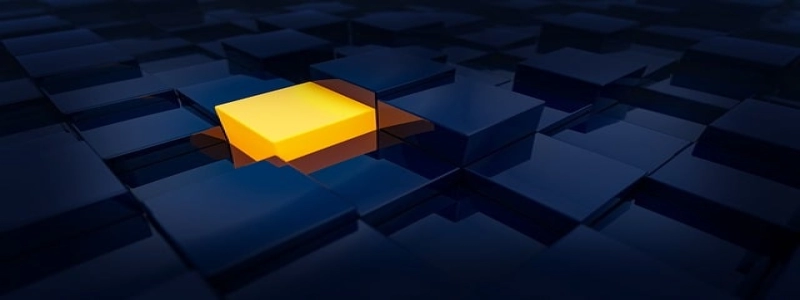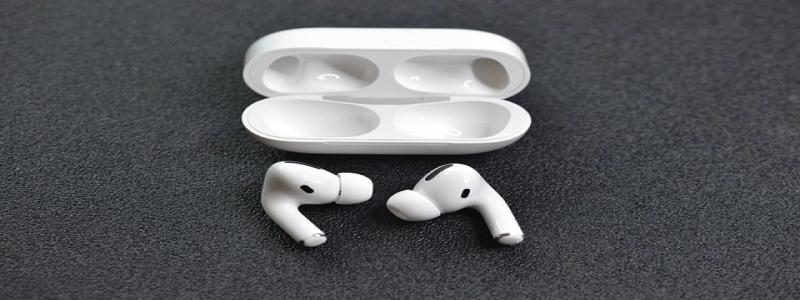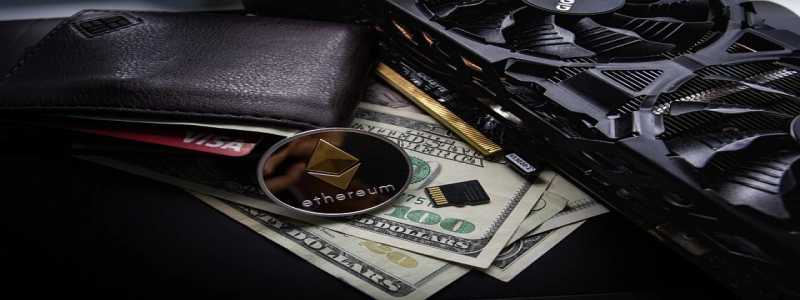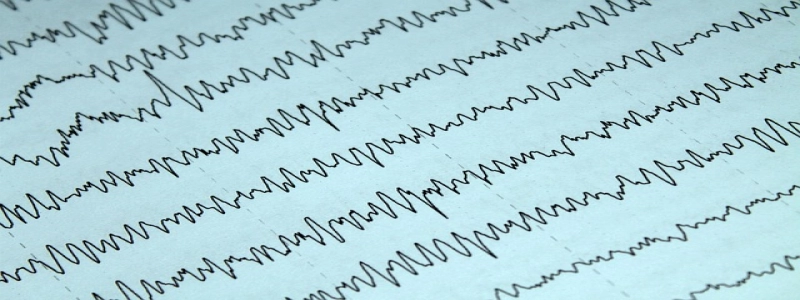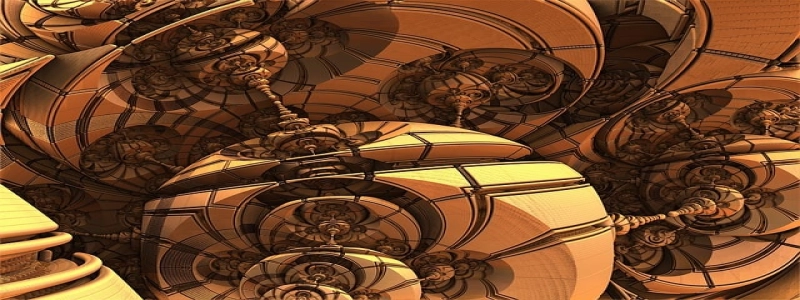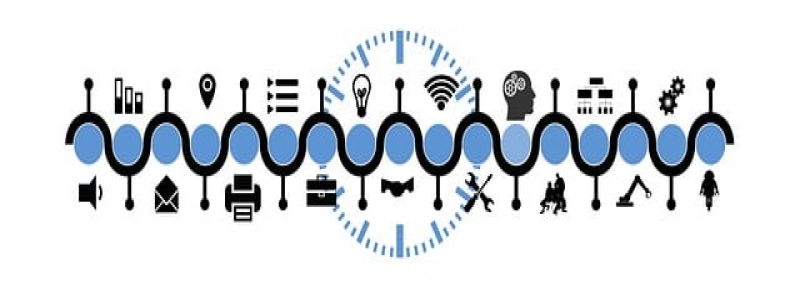Laser Diode Array
Introduction:
A laser diode array, also known as a laser diode stack, is a collection of individual laser diodes that are arranged in a linear or two-dimensional array. This configuration allows for the production of high-power laser beams by combining the output of multiple diodes. In this article, we will explore the structure and operation of laser diode arrays in detail.
1. Basic Structure:
A laser diode array typically consists of several laser diodes mounted on a common substrate. These diodes are spaced at a specific distance to ensure efficient cooling and minimize thermal effects. The diodes are electrically connected in parallel, allowing them to be driven simultaneously. The substrate also acts as a heat sink to dissipate the generated heat and maintain optimal operating conditions.
2. Array Configurations:
Laser diode arrays can be configured in various ways depending on the desired application. The most common configuration is a linear array, where the diodes are arranged in a straight line. This configuration is suitable for applications that require a narrow, focused beam. Another configuration is a two-dimensional array, where the diodes are arranged in a rectangular or square pattern. This configuration is preferred for applications that require a wider beam or beam shaping.
3. Operation:
The operation of a laser diode array involves electrical current injection into each diode. This current stimulates the emission of coherent light from each individual diode. The emitted light from all the diodes is then combined through a beam combiner or waveguide to produce a single, high-power laser beam. The output power of a laser diode array can range from a few watts to several kilowatts, depending on the number of diodes and their individual power output.
4. Applications:
Laser diode arrays find applications in various fields, including materials processing, medical devices, defense systems, and scientific research. They are commonly used in laser cutting and welding, where the high-power output enables efficient material processing. In medical applications, laser diode arrays are used in cosmetic procedures, laser surgery, and dermatology treatments. They are also utilized in defense systems, such as laser target designators and rangefinders. In the scientific research field, laser diode arrays are employed in spectroscopy, microscopy, and laser-induced fluorescence.
Conclusion:
Laser diode arrays offer a practical solution for generating high-power laser beams by combining the output of individual laser diodes. Their ability to produce multi-watt to multi-kilowatt power levels makes them highly versatile in various industrial, medical, defense, and scientific applications. With ongoing advancements in diode technology, laser diode arrays are expected to become even more compact, efficient, and cost-effective in the future.
